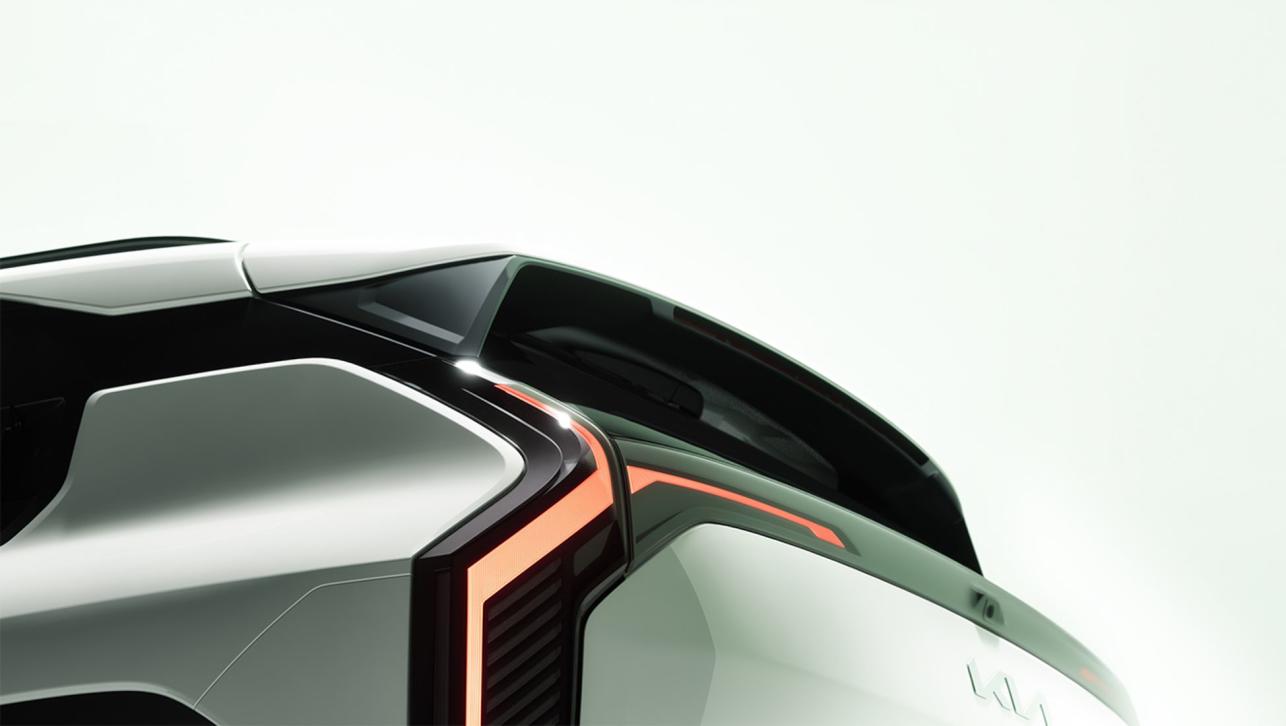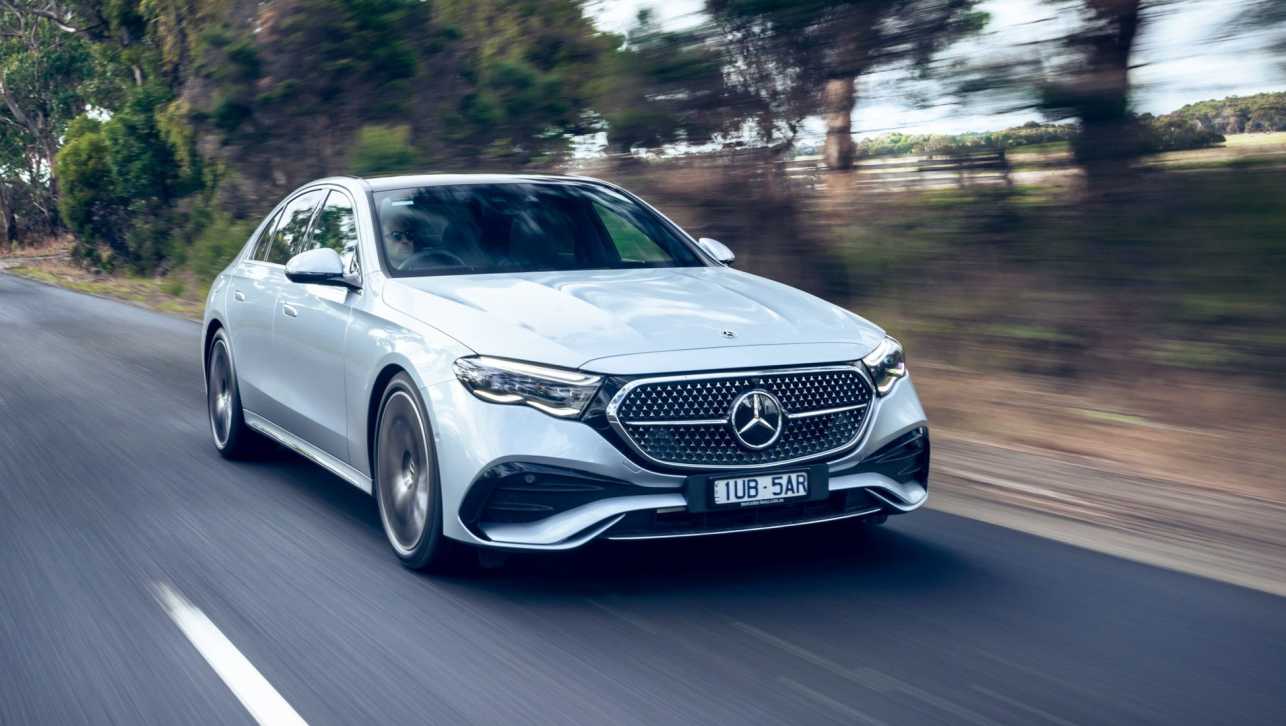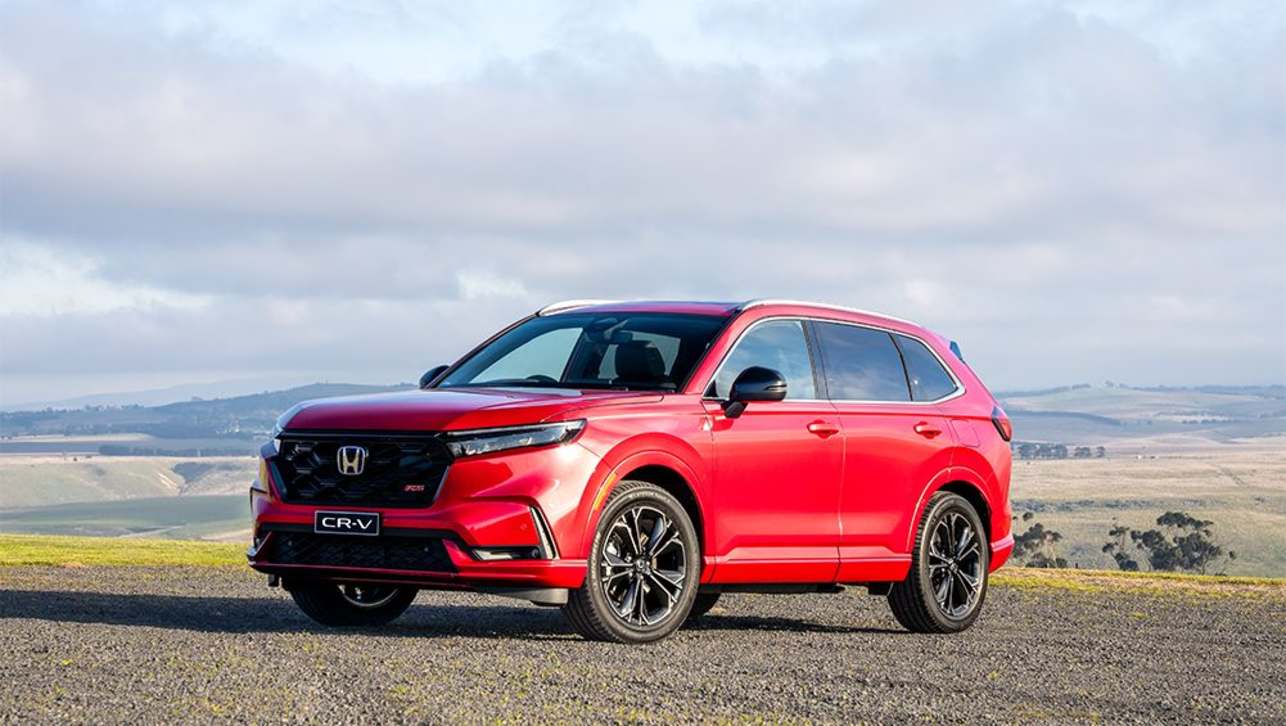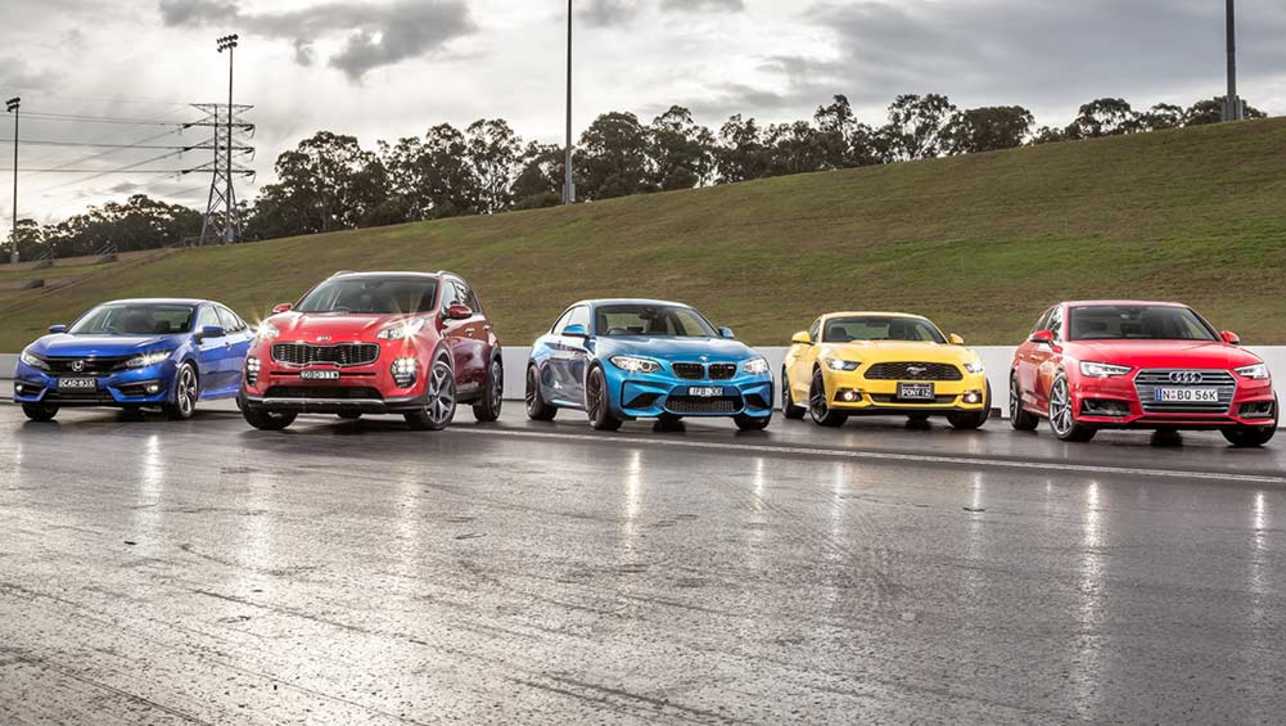Mazda confirms Australian pricing for the all-new CX-9 that will also score a more efficient turbocharged engine, choice of drivetrains and top safety features as standard.
Mazda Australia has announced pricing and some of the specs for the last piece in its SkyActiv SUV puzzle, the long-awaited replacement for the large CX-9.
The Japanese-built SUV will be available next month in front- and all-wheel-drive across four grades (Sport, Touring, GT and Azami), and with a single engine choice; the company’s new 2.5-litre turbocharged SkyActiv four-cylinder petrol engine that makes 170kW at 5000rpm and 420Nm at 2000rpm.
A six-speed automatic transmission is the only gearbox available, while Mazda’s i-eLoop regeneration setup will feed recovered kinetic energy from the brakes back into the CX-9’s ancillary electrical systems.
The CX-9’s range-wide offering of AEB in both forward and reverse directions is quite a landmark for the segment.
Fuel economy figures have dropped drastically over the outgoing – and admittedly thirsty – 3.7-litre V6-equipped model, thanks in part to the new engine, but also to weight reductions across the board of up to 160kg, according to Mazda.
Front-drive CX-9s will return 8.4L/100km on the combined cycle (an almost 24 per cent improvement), while all-wheel-drive versions will offer 8.8 litres per 100km (almost 21 per cent better). The CX-9 will also happily run on regular 91RON fuel.
Pricing for the seven-seater starts at $42,990 before on-road costs for the entry-level Sport front-driver, rising to $63,390 for the top-ranking Azami, which is a new nameplate for Mazda.
The second-generation CX-9 will come in slightly cheaper than the almost ten-year-old first-generation SUV, while the number of variants doubles to eight, thanks to the addition of the front-wheel drivetrain across all four grades.
Basic spec levels also – unsurprisingly – improve, with advanced blind spot monitoring, rear cross traffic alert and AEB (forward and reverse) offered as standard across the CX-9 range.
The top-spec Hyundai Santa Fe Highlander is the only other large SUV to currently offer AEB, so the CX-9’s range-wide offering of the cutting edge safety tech in both forward and reverse directions is quite a landmark for the segment.
The top-of-the-range Mazda CX-9 Azami will also get items like adaptive LED headlights with high beam control, lane keep-assist system and smart brake support.
When it comes to taking on its seven-seat family SUV competitors, the CX-9 isn’t the cheapest, with Hyundai’s Santa Fe ($38,490-$55,990) and its twin under the skin, the Kia Sorento ($40,990-$55,990), both costing less. It does, however, slot in below the Jeep Grand Cherokee ($47,000-$90,000).
The CX-9 will more likely be cross-shopped against the Toyota Kluger ($42,190-$68,330) and Nissan Pathfinder ($41,490-$69,190).
It can lay claim to be the most fuel efficient petrol seven-seater in the space, though, beating out the Santa Fe (9.4 litres per 100km), Sorento (9.9), Holden Captiva Seven (9.6), Pathfinder (9.9) Grand Cherokee (10.1), Kluger (10.2) and Ford Territory (10.2).
More specs and details will emerge at the car’s launch early next month.


.jpg)

.jpg)


.jpg)



.jpg)
.jpg)
.jpg)
.jpg)
.jpg)
.jpg)
.jpg)
.jpg)
.jpg)
.jpg)
.jpg)
.jpg)
.jpg)
.jpg)





.jpg)



.jpg)
.jpg)





Comments